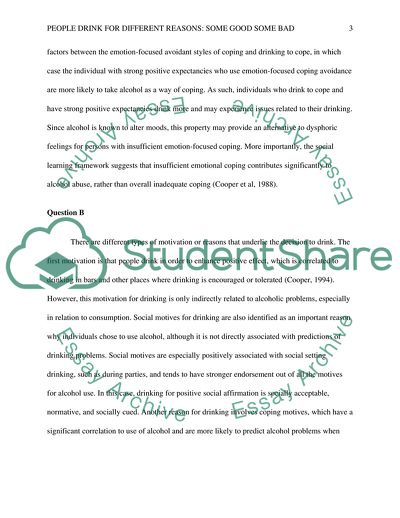Cite this document
(A Strong Correlation With Consumption of Alcohol Essay Example | Topics and Well Written Essays - 1500 words, n.d.)
A Strong Correlation With Consumption of Alcohol Essay Example | Topics and Well Written Essays - 1500 words. https://studentshare.org/psychology/1877157-alternative-assignment
A Strong Correlation With Consumption of Alcohol Essay Example | Topics and Well Written Essays - 1500 words. https://studentshare.org/psychology/1877157-alternative-assignment
(A Strong Correlation With Consumption of Alcohol Essay Example | Topics and Well Written Essays - 1500 Words)
A Strong Correlation With Consumption of Alcohol Essay Example | Topics and Well Written Essays - 1500 Words. https://studentshare.org/psychology/1877157-alternative-assignment.
A Strong Correlation With Consumption of Alcohol Essay Example | Topics and Well Written Essays - 1500 Words. https://studentshare.org/psychology/1877157-alternative-assignment.
“A Strong Correlation With Consumption of Alcohol Essay Example | Topics and Well Written Essays - 1500 Words”. https://studentshare.org/psychology/1877157-alternative-assignment.


